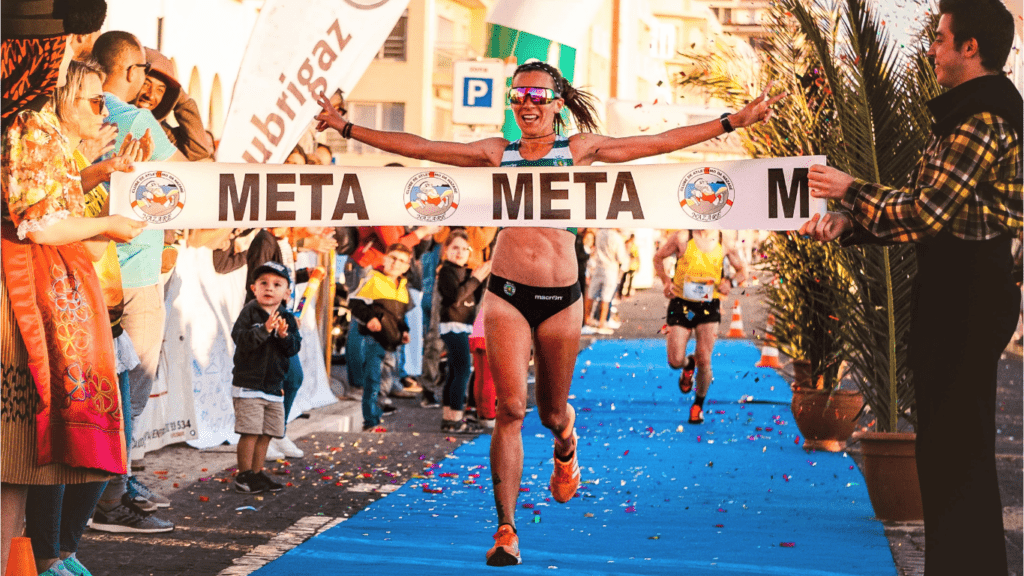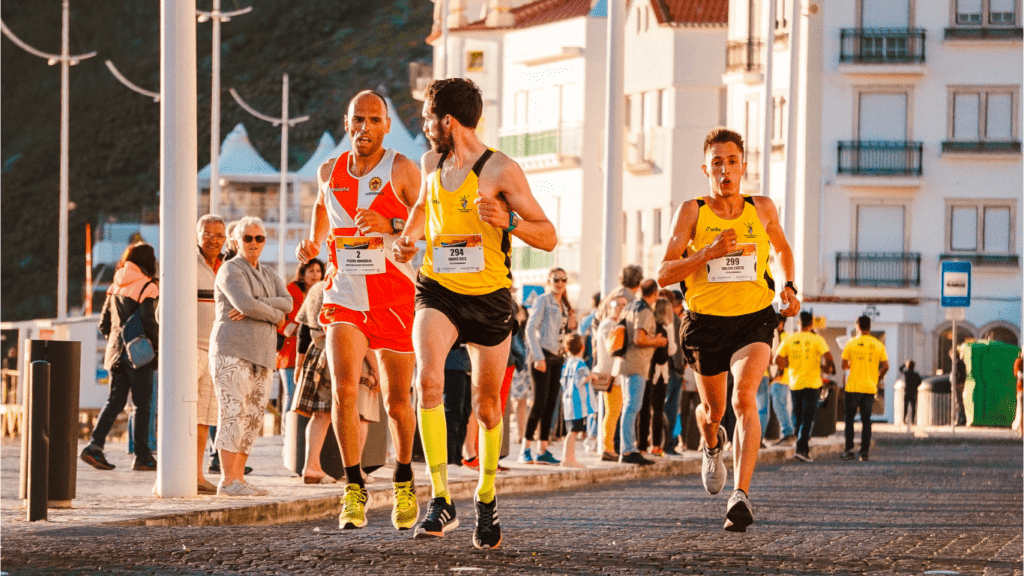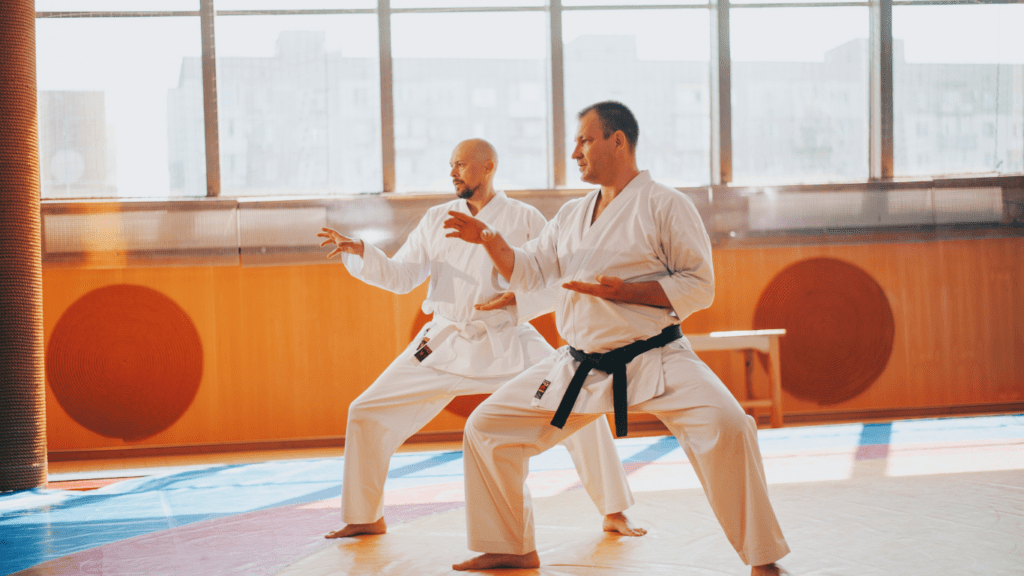The Origins of Marathon Running
The marathon’s roots trace back to ancient Greece, embodying a compelling blend of history, mythology, and endurance. Its story begins with an epic run that has inspired countless generations.
Ancient Greece and the Marathon
In 490 BCE, Pheidippides, a Greek messenger, ran approximately 25 miles from the battlefield of Marathon to Athens. He delivered the message of victory over the Persians and, according to legend, collapsed and died.
This heroic feat became the foundation of the modern marathon. Ancient Greek culture greatly valued athletic achievement, using it to honor the gods and display physical prowess.
The Spread Through History
Marathon running’s significance expanded beyond Greece over centuries. The first organized marathon occurred during the inaugural modern Olympics in 1896, held in Athens.
Participants ran a 40-kilometer course, commemorating Pheidippides’ historic journey. By 1921, the official marathon distance was standardized to 42.195 kilometers (26.2 miles) by the International Association of Athletics Federations.
Marathons gained popularity throughout the 20th century, with iconic races like;
- Boston Marathon (established in 1897)
- London Marathon (established in 1981)
These events drew international attention, inspiring more people to take up the challenge. Technological advancements, accessible training programs, and global connectivity further fueled interest and participation.
The marathon has evolved into an event celebrating not only physical endurance but also community and perseverance. Whether in ancient Greece or in today’s bustling cities, the spirit of the marathon continues to inspire runners around the world.
The Growth of Marathon Running in the 20th Century
The 20th century marked a significant expansion in marathon running, transforming it from an elite race to a widespread cultural phenomenon.
The Role of the Olympics
The Olympics played a crucial role in popularizing marathons. The 1896 Athens Olympics reintroduced the marathon, with the first modern race spanning 24.85 miles.
By 1921, the standard marathon distance became 26.2 miles, boosting the sport’s uniformity. Olympic marathons highlighted global talent and set the stage for marathon running’s growth. For instance, the 1960 Rome Olympics’ marathon victory by Ethiopian runner Abebe Bikila, who ran barefoot, inspired many and demonstrated marathon running’s universal appeal.
Popularity in the Masses
As the 20th century progressed, marathon running permeated the mainstream. Races like the New York City Marathon, established in 1970, attracted diverse participants.
The Boston Marathon, founded in 1897, also saw exponential growth in participant numbers. Television coverage in the 1970s and 1980s further propelled marathon running into households worldwide.
Notably, the running boom of the late 1970s, led by figures like Bill Rodgers and Grete Waitz, spurred amateur interest. Community marathons began thriving, illustrating how marathon running evolved into a symbol of endurance, community, and personal achievement.
Technological Advances in Marathon Running
Marathon running has evolved significantly with the integration of technology. Technological advances have transformed gear, equipment, and training methods, enhancing performance and safety.
Innovations in Gear and Equipment
Advanced materials have revolutionized marathon gear. Running shoes now feature lightweight, cushioned soles and ergonomic designs. For instance, carbon fiber plates in shoes, like Nike’s Vaporfly series, improve energy efficiency with each stride.
Clothing technology has also seen a leap forward. Breathable, moisture-wicking fabrics keep runners cool and comfortable. Compression wear reduces muscle fatigue by improving blood circulation. GPS-enabled watches track distance, pace, and heart rate in real time, aiding performance analysis and goal setting.
Impact of Digital Technology on Training
Digital technology has drastically improved training methodologies. Online training platforms and apps, such as Strava and Garmin Connect, offer personalized training plans. These platforms analyze data to suggest optimal workout routines based on individual performance metrics.
Wearable devices provide continuous feedback. Heart rate monitors, for instance, help avoid overtraining by keeping effort levels in check. Additionally, virtual reality (VR) simulations and augmented reality (AR) apps enable runners to experience and train on actual marathon courses, enhancing preparation for race day conditions.
Important Marathon Races Around the World

Marathon races have become global phenomena, attracting millions of runners and spectators each year. These races offer diverse experiences and challenges.
Iconic Marathon Events
Several marathons have achieved iconic status due to their history, scale, and prestige.
- Boston Marathon: Established in 1897, the Boston Marathon is the world’s oldest annual marathon. It’s known for its challenging course and the infamous “Heartbreak Hill” at mile 20. This race requires qualification through other marathon times, making it a goal for many serious runners.
- London Marathon: Since its inception in 1981, the London Marathon has grown into one of the largest marathons globally, with over 40,000 participants annually. Its flat course through historic city streets offers runners a chance to set personal bests, and it’s famous for its charitable fundraising efforts.
- New York City Marathon: Initiated in 1970, this marathon traverses all five boroughs of New York City. With over 50,000 finishers in recent years, it’s renowned for its energetic crowd support and diverse participant field.
- Berlin Marathon: Known for its fast course, the Berlin Marathon often sees world records broken. The flat, smooth route and ideal autumn weather conditions make it a favorite for elite runners aiming for record times.
- Chicago Marathon: Another flat and fast course, the Chicago Marathon attracts over 40,000 participants yearly. The race, held in October, is famous for its enthusiastic spectators and diverse neighborhoods.
Unique and Challenging Marathons
Beyond the iconic races, several marathons offer unique and extreme challenges.
- Great Wall Marathon: Held on the Great Wall of China, this marathon includes over 5,000 steps and steep ascents. It attracts adventurers looking to combine running with historical exploration.
- Antarctica Marathon: Runners face freezing temperatures and icy terrain in this marathon, held on King George Island. It’s one of the most remote and extreme races, offering a rare chance to experience the Antarctic landscape.
- Jungle Marathon: Taking place in the Amazon rainforest, this marathon requires participants to navigate through dense jungle, rivers, and mud. It’s considered one of the toughest marathons due to its harsh, humid environment.
- Midnight Sun Marathon: Held in Tromsø, Norway, this marathon takes place under the midnight sun, providing daylight during the entire race. The unique Arctic Circle setting attracts runners seeking a once-in-a-lifetime experience.
- Comrades Marathon: While technically an ultramarathon at approximately 56 miles, this South African race between Durban and Pietermaritzburg is legendary for its communal spirit and grueling hills.
Marathons worldwide offer varied experiences, from traditional road races to extreme endurance challenges. These races have become a testament to human perseverance and spirit.
The Future of Marathon Running
The future of marathon running looks promising, with advancements in technology and growing global interest shaping what’s next. As the sport evolves, several trends and predictions emerge, hinting at what runners and enthusiasts can expect.
Trends and Predictions
Wearable Technology: Wearable devices, like smartwatches and fitness trackers, are revolutionizing training methods and race strategies. Runners can now monitor heart rates, track distances, and even receive real-time coaching.
Virtual Marathons: Virtual marathons are becoming popular, especially post-2020. Runners can participate in global events from their local areas, making marathons more accessible and flexible.
Sustainability: Race organizers increasingly focus on sustainability. Eco-friendly practices, such as reducing plastic waste and encouraging public transportation, are on the rise to minimize environmental impacts.
Inclusivity: Marathons are becoming more inclusive. Initiatives to support runners with disabilities and create safe spaces for diverse participants are gaining momentum.
Data Analytics: Big data and analytics play a significant role in enhancing performance. Advanced analytics helps runners optimize training schedules and race-day pacing, resulting in better finishing times.
Performance Enhancements: Innovations in footwear, nutrition, and training techniques continue to push the boundaries. Carbon-fiber plated shoes and personalized nutrition plans are helping athletes achieve new personal bests.
Health and Recovery: Advances in health and recovery methods, such as cryotherapy and compression gear, enable runners to recover faster and train harder, improving overall performance.
Incorporating these trends and predictions, the future of marathon running promises an exciting blend of tradition and innovation, catering to a broader audience while pushing the envelope of human performance.


